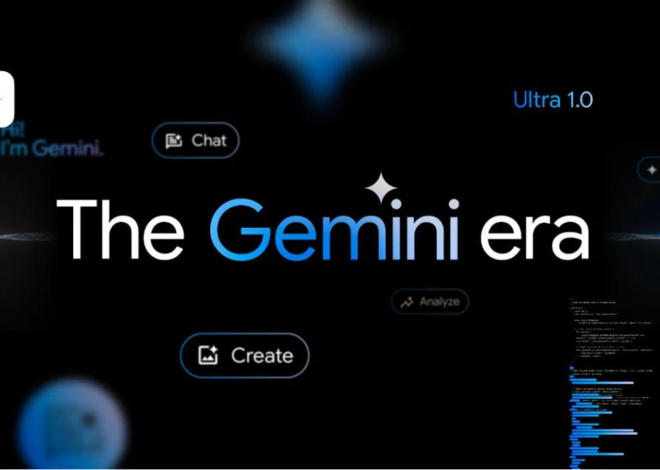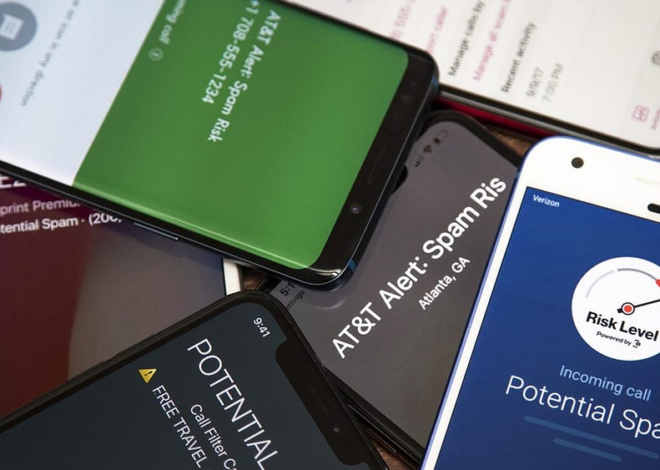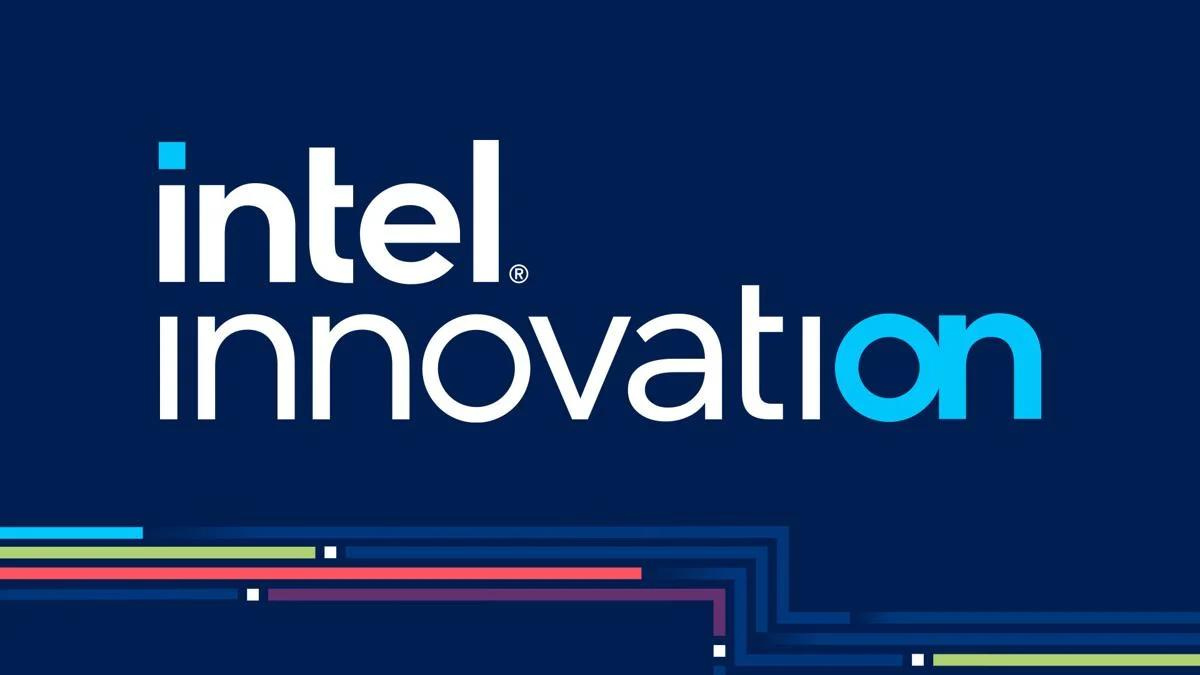
Eight things we learned from Intel’s Innovation keynote
Intel’s San Jose event brought some big news.
Intel recently concluded its annual Innovation event in San Jose, offering a tantalizing peek into its upcoming developments for the next few years. If you missed CEO Pat Gelsinger’s lengthy keynote, here’s a concise summary of the key takeaways you need to know.
On December 14th, Meteor Lake will launch
During the Innovation keynote, Intel unveiled its highly-anticipated “Meteor Lake” generation, officially referred to as the Intel Core Ultra. These chips are set to follow the 13th-Gen “Raptor Lake” series and will mark a significant milestone as they will be the inaugural processors manufactured using the cutting-edge Intel 4 process. Additionally, they will feature a dedicated AI coprocessor, representing a notable advancement in Intel’s chip technology.
These new Intel consumer CPUs are breaking new ground by adopting a chiplet-based approach, a strategy that has long been employed by rivals such as AMD and Qualcomm. This groundbreaking move involves the integration of four distinct tiles: compute, graphics, SoC (System on a Chip), and I/O (Input/Output). It’s a significant departure from Intel’s previous processor architecture and aligns them with industry trends.
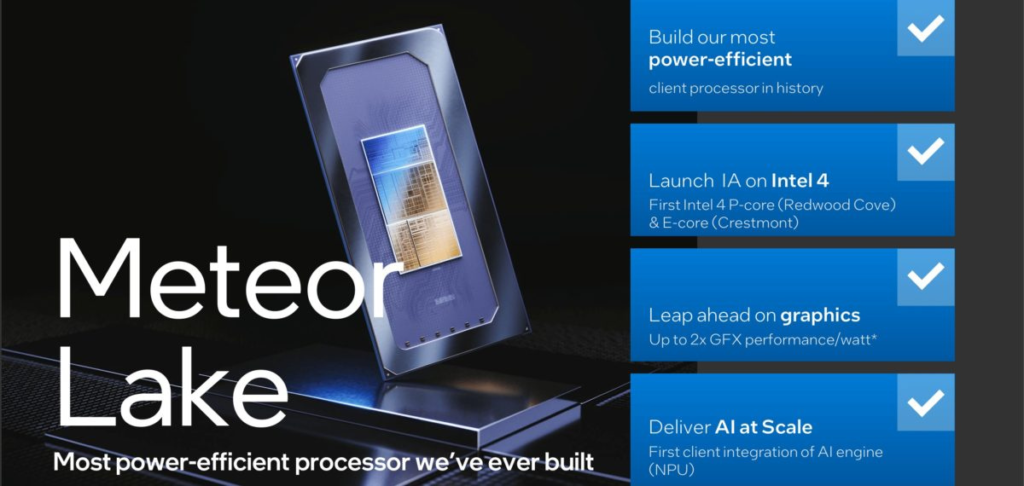
The SoC tile can be seen as a self-contained, low-power processor with a range of impressive features. This includes built-in wireless connectivity, support for native HDMI 2.1 and DP 2.1 standards, and an integrated memory controller. What sets it apart is the inclusion of dedicated “low power island” E-cores designed specifically for handling lighter workloads. The ingenious idea behind this setup is to offload less demanding tasks from the power-hungry compute tile. The ultimate goal is power efficiency, which is why Intel is touting Meteor Lake as the most efficient client processor they’ve ever developed.
When it comes to gaming, Meteor Lake introduces an exciting feature by integrating Intel’s Arc graphics directly onto the chip. However, it’s important to note that this capability won’t be available for every Meteor Lake processor. It will be exclusively offered to specific systems powered by Meteor Lake processors that support dual-channel memory, as stated in the fine print.
Intel will challenge AMD’s 3D V-Cache
During a Q&A session, Pat Gelsinger was questioned about Intel’s response to technologies like the 3D V-Cache, which enhances desktop chips such as the Ryzen 7 7800X3D and was recently introduced for laptops. In response, Gelsinger confirmed that Intel indeed has a similar concept in its future plans. However, he clarified that this technology won’t be integrated into the Meteor Lake generation of processors.
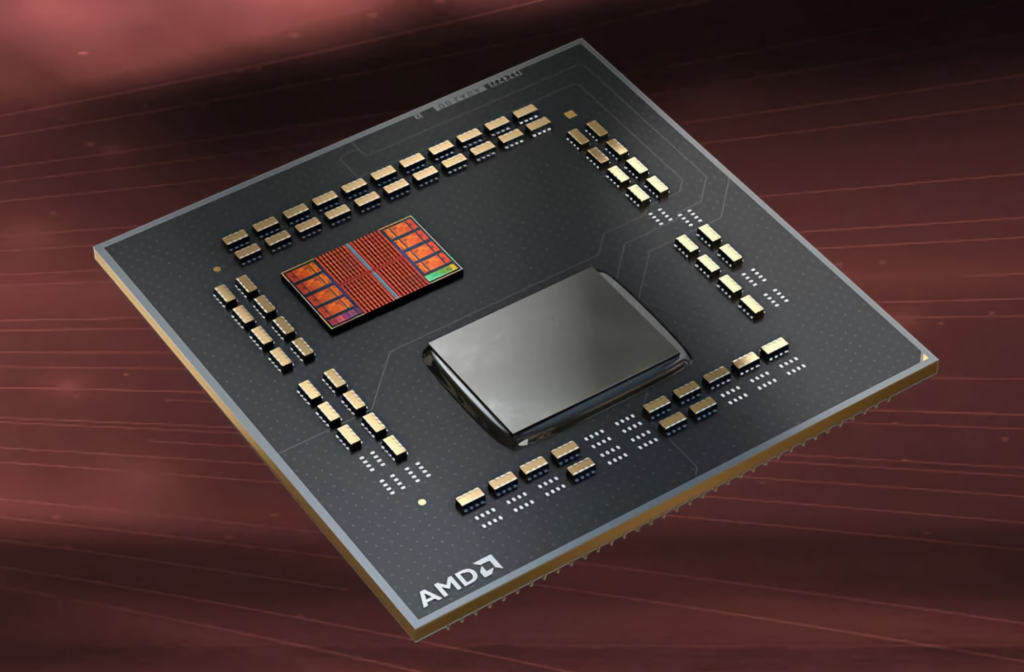
For those who may not be familiar with it, 3D V-Cache is a technology that enables AMD to stack extra cache (high-speed, short-term memory) directly onto its CPUs. The performance outcomes observed in devices like the ROG Strix Scar X3D, which marked the debut of 3D V-Cache in the mobile arena, were highly impressive for AMD and raised concerns for Intel. This device, powered by 3D V-Cache, is exceptionally potent and outperforms Intel’s 4090 offerings by a considerable margin.
Intel needs a response to 3D V-Cache if it wants to stay on top of the high-end gaming market. Sounds like it’s on the case.
Lunar Lake exists
In some way, at least. During the Day 1 keynote, we saw the first Lunar Lake system; we saw the PC generate a Taylor Swift-style song and a picture of a giraffe in a cowboy hat. You know, as computers do.
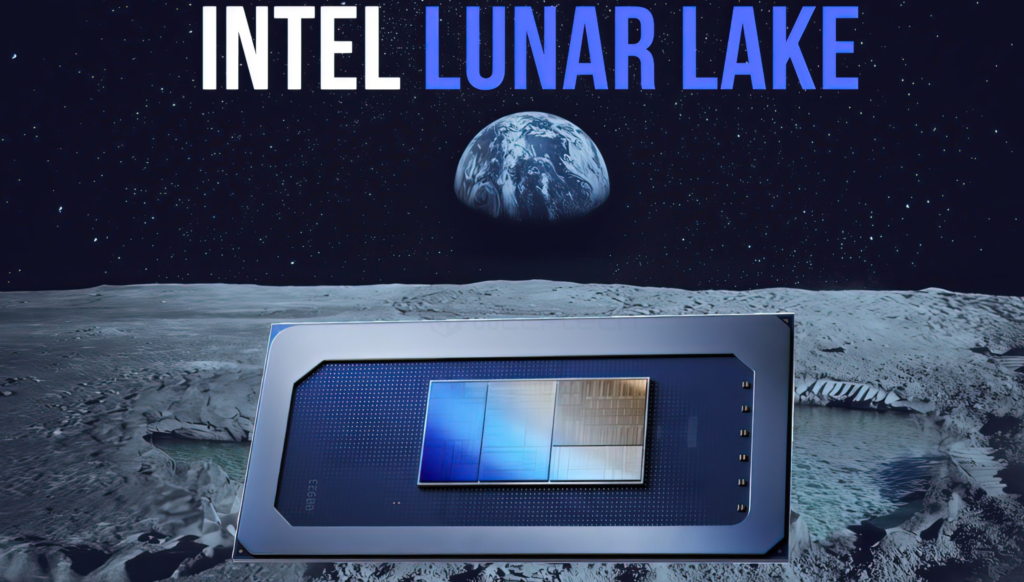
Intel has provided confirmation that Lunar Lake is progressing as planned and is scheduled for release in 2024. Like its predecessor, Meteor Lake, Lunar Lake will utilize Intel’s Foveros design. Notably, it is expected to mark the commercial introduction of Intel’s 1.8nm manufacturing process, referred to as Intel 18A. In simpler terms, this means that Lunar Lake’s transistors will be tiny, signifying a significant advancement in semiconductor technology.
“Panther Lake” is well underway
During an official statement, Gelsinger confirmed the existence of a forthcoming CPU generation code named “Panther Lake,” which is scheduled for an official announcement in 2025. The revelation of this name occurred earlier in the year due to an accidental posting by an Intel engineer on LinkedIn. As of now, there is limited information available about Panther Lake, but Intel has disclosed that it is in the early stages of development. Furthermore, Intel has ambitious plans for Panther Lake, aiming to commence production in semiconductor fabs as early as the first quarter of 2024.
Also Read | Huawei’s (Kirin 9000S) New Mystery 7nm Chip from Chinese Fab Defies US Sanctions
For those closely following Intel’s CPU releases (and we know you’re out there), the anticipated progression appears to be as follows: Meteor in 2023, followed by Arrow in 2024, and possibly Lunar in 2024. The culmination of this roadmap is expected to be Panther in 2025.
Modular chiplets are in the works
Gelsinger unveiled Pike Creek, a remarkable achievement as the world’s inaugural operational chiplet-based processor empowered by UCIe technology. UCIe, which stands for “Universal Chiplet Interconnect Express,” represents a transformative standard in the semiconductor realm. Essentially, it serves as a plug-and-play protocol that seamlessly enables various silicon modules to collaborate within a single chiplet package. This breakthrough permits one chip manufacturer to effortlessly incorporate another company’s chiplet into their own designs. In essence, UCIe holds the promise of enhancing chipmaker specialization in specific chiplet types, potentially expediting product development and market entry.
Intel has committed to implementing the UCIe interface in its post-Arrow Lake processors, marking a significant milestone as the first company to demonstrate functional silicon using this technology. Notably, Intel played a pioneering role by contributing the initial version of the UCIe specification to the standards body responsible for its development.
The resin is out, glass is in
Intel is currently in the process of transitioning from its existing organic resin substrate to a new technology that allows chips to be positioned on a glass substrate. This innovative approach offers several advantages, including increased space for accommodating additional transistors, enhanced data transfer capabilities, reduced risk of warping, and decreased susceptibility to mechanical damage caused by heat. This technological shift represents a significant step forward for Intel in improving the performance and durability of its chips.
Also Read | A UK microchip company, Arm, plans to sell its shares in the United States
Don’t get too excited: This isn’t coming until the second half of this decade, and it will first appear in like, giant data center stuff.
Xeon things are happening
Gelsinger made an exciting announcement regarding the forthcoming Sierra Forest Xeon processor, boasting an impressive 288 E-cores. This powerhouse of a processor seems tailor-made for those who believe that their current core count just won’t cut it, especially if they’re running a backyard data center.
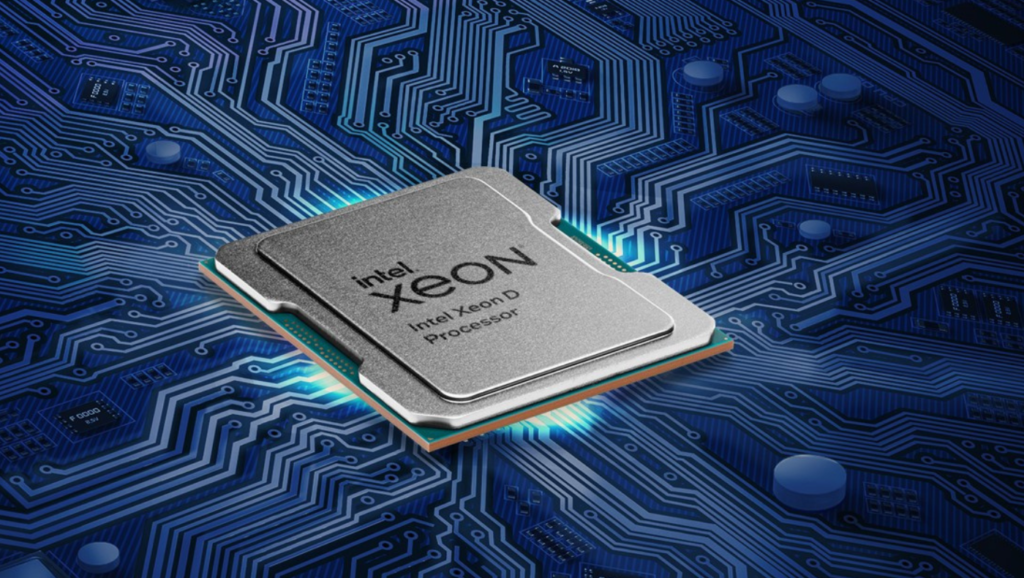
In addition to Sierra Forest, Intel has confirmed the launch date for the 5th-Gen “Emerald Rapids” Xeon line, which is set to hit the market on December 14th of this year. These developments mark significant strides in Intel’s commitment to delivering high-performance computing solutions.
Pat Gelsinger is a Swiftie
While Gelsinger may not have explicitly stated his favorite album, it’s always fun to speculate. If you’re getting “Reputation” vibes, that’s a creative choice! Music tastes can be quite diverse, so his favorite album could be anything from classic rock to contemporary pop.
Also Read | Intel Plans a Quantum Computing Approach to Leapfrog Rivals
As for the Eras Tour, it sounds like you’re ready for some exciting times ahead. Enjoy the journey, and who knows, maybe you’ll get some hints about his musical preferences during the tour!

